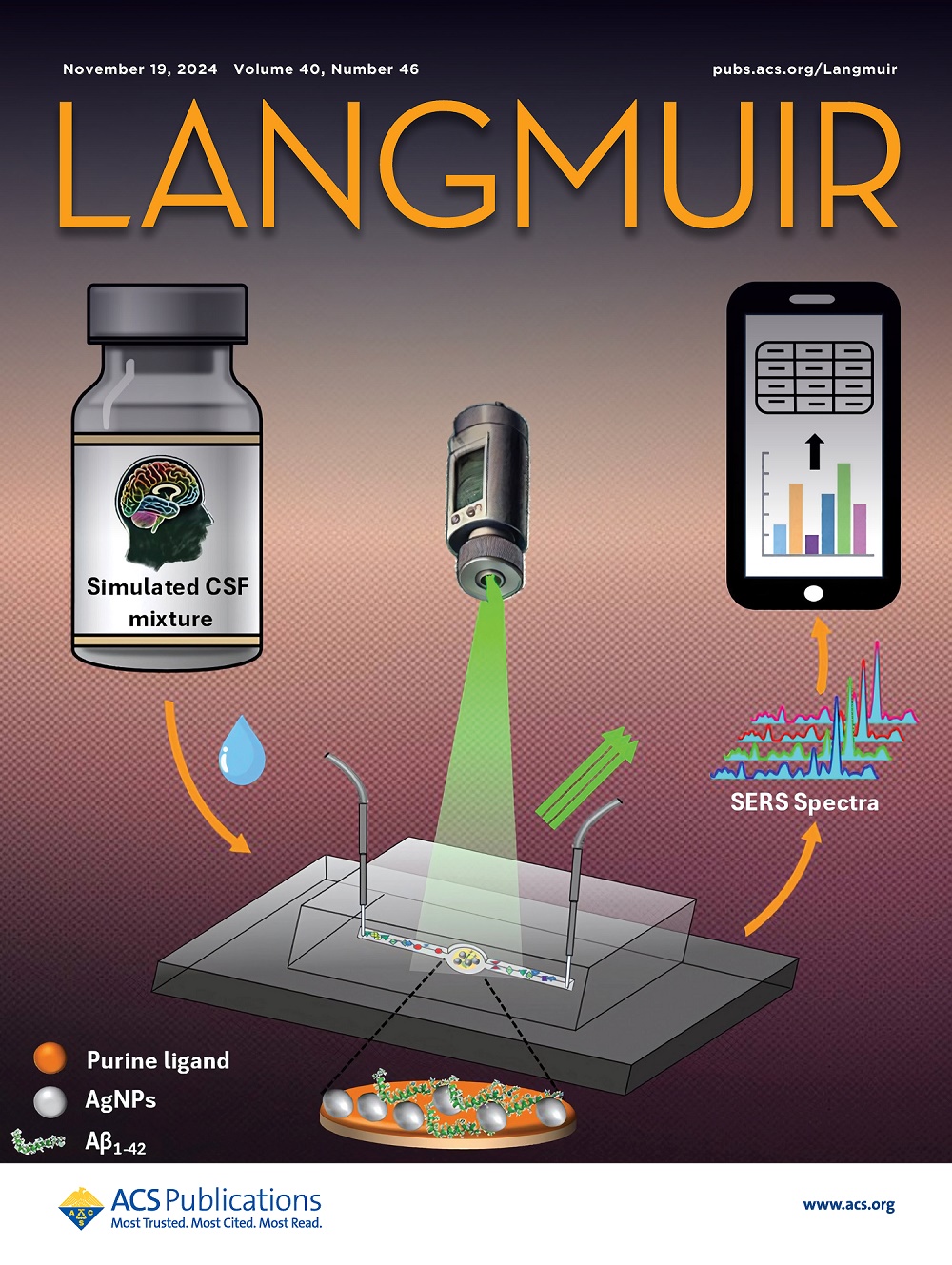利用3d打印镀铂电极可持续电化学合成多孔g-C3N4纳米片以增强光催化活性
IF 3.7
2区 化学
Q2 CHEMISTRY, MULTIDISCIPLINARY
引用次数: 0
摘要
石墨化碳氮(g-C3N4)是一种无金属聚合催化剂,广泛用于降解污染水系统的工业有毒废物。然而,通常合成的g-C3N4块体容易发生团聚,导致其比表面积小,有效光活性中心较少,限制了其光激子易于分离的潜力,导致其光催化活性较低。本研究介绍了一种创新的原位剥离多孔g-C3N4纳米片(GCN NSs)的电化学合成方法,该纳米片具有大表面积,可有效分离光激子,从而易于产生活性氧(ROS)。采用3d打印的镀铂钛网作为阳极和阴极,采用新设计的电化学工艺,在严格搅拌40分钟的条件下,将GCN纳米颗粒均匀分散在碱性溶液中。形貌研究和表面积测定表明,生长的碳质基质高度剥落,具有固有的纳米孔结构,具有163.73 m2 g-1的高表面积,平均孔径为8.311 nm。电化学合成的GCN NSs具有良好的电荷转移动力学,电荷转移阻力低,在5 mg催化剂的模拟太阳照射120 min下,对各种有机染料(浓度为10 ppm)具有98%的光催化降解效率。光降解过程的动力学研究表明,该反应符合准一级动力学,速率常数为3.59 × 10-2 min-1,比最近的研究结果提高了约1.8倍。一种合理的机制理解表明,光产生的空穴和羟基自由基(•OH)是整个光降解过程的主要物种。稳定性测试表明,光催化剂在连续5次运行中保持其效率,最小损失为7%。该研究为设计和合成具有优化结构的先进光催化剂以增强工业废物管理提供了有价值的见解。本文章由计算机程序翻译,如有差异,请以英文原文为准。

Sustainable Electrochemical Synthesis of Porous g-C3N4 Nanosheets via 3D-Printed Platinized Electrodes for Enhanced Photocatalytic Activity
Graphitic carbon nitride (g-C3N4), a polymeric metal-free catalyst, is extensively used to degrade industrial toxic waste that contaminates the aqueous system. However, commonly synthesized bulk g-C3N4 is prone to agglomeration, leading to low surface area with fewer effective photoactive centers, limiting its potential toward the facile separation of photo-excitons and resulting in low photocatalytic activity. This study introduces an innovative electrochemical synthesis of in situ exfoliated porous g-C3N4 nanosheets (GCN NSs) featuring a large surface area with effective separation of photo-excitons, leading to the facile production of reactive oxygen species (ROS). The GCN NSs are uniformly dispersed in an alkaline solution grown via a newly designed electrochemical process using 3D-printed platinumized titanium mesh as both anode and cathode under rigorous stirring for 40 min. The morphological study, along with surface area determination, reveals that the as-grown carbonaceous matrix is highly exfoliated with an inherent nanoporous architecture, having a high surface area of 163.73 m2 g–1 with an average pore diameter of 8.311 nm. The electrochemically synthesized GCN NSs demonstrate excellent charge transfer kinetics with low charge transfer resistance and superior photocatalytic activity of 98% degradation efficiency against various organic dyes (concentration of 10 ppm) under simulated solar irradiation for 120 min with 5 mg of catalyst. Kinetic studies of the photodegradation process indicate that the reaction follows pseudo-first-order kinetics, with the rate constant of 3.59 × 10–2 min–1, which is approximately 1.8 times higher as compared to the recent findings. A plausible mechanistic understanding reveals that photogenerated holes and hydroxyl radicals (•OH) are the primary species for the overall photodegradation process. The stability test depicts that the photocatalyst maintains its efficiency over five consecutive runs with a minimum loss of 7%. This research offers valuable insights into the design and synthesis of advanced photocatalysts with optimized architectures for enhanced industrial waste management.
求助全文
通过发布文献求助,成功后即可免费获取论文全文。
去求助
来源期刊

Langmuir
化学-材料科学:综合
CiteScore
6.50
自引率
10.30%
发文量
1464
审稿时长
2.1 months
期刊介绍:
Langmuir is an interdisciplinary journal publishing articles in the following subject categories:
Colloids: surfactants and self-assembly, dispersions, emulsions, foams
Interfaces: adsorption, reactions, films, forces
Biological Interfaces: biocolloids, biomolecular and biomimetic materials
Materials: nano- and mesostructured materials, polymers, gels, liquid crystals
Electrochemistry: interfacial charge transfer, charge transport, electrocatalysis, electrokinetic phenomena, bioelectrochemistry
Devices and Applications: sensors, fluidics, patterning, catalysis, photonic crystals
However, when high-impact, original work is submitted that does not fit within the above categories, decisions to accept or decline such papers will be based on one criteria: What Would Irving Do?
Langmuir ranks #2 in citations out of 136 journals in the category of Physical Chemistry with 113,157 total citations. The journal received an Impact Factor of 4.384*.
This journal is also indexed in the categories of Materials Science (ranked #1) and Multidisciplinary Chemistry (ranked #5).
 求助内容:
求助内容: 应助结果提醒方式:
应助结果提醒方式:


